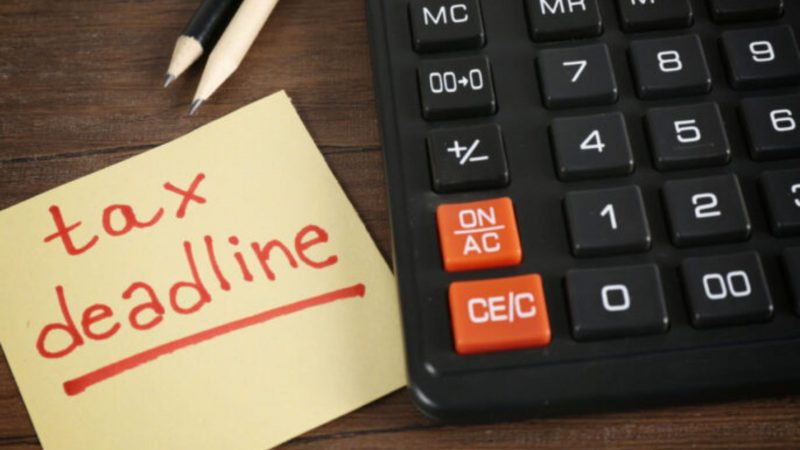
ITR Filing: How to Choose a Tax Regime for Yourself
Currently, in India, there exist two tax regimes: the new tax regime and the old tax regime. The new tax regime was implemented in the Budget of 2020. In this new tax regime, numerous deductions from the total income have been eliminated. Nevertheless, this removal of deductions has been counterbalanced by the introduction of lower tax rates across various income brackets.

Choosing Your Tax Regime for ITR Filing
The primary motive behind the implementation of the new tax regime was to simplify the process of tax filing, particularly for individuals who constitute a substantial portion of taxpayers and make significant contributions to tax revenue.
The presence of multiple tax regimes has posed a dilemma for individuals, specifically regarding the selection of the most advantageous tax regime.
Typically, the majority of individuals belonging to the salaried class are required to submit an investment declaration at the start of the year. This enables the employer to factor in the anticipated investments that the individuals plan to make, calculate the taxable income, determine the applicable tax, and deduct the tax amount accordingly.
Typically, the majority of individuals belonging to the salaried class are required to submit an investment declaration at the start of the year. This enables the employer to factor in the anticipated investments that the individuals plan to make, calculate the taxable income, determine the applicable tax, and deduct the tax amount accordingly.
With the introduction of the new tax regime, individuals are now required to not only declare their investments but also select a specific tax regime. The critical aspect of this selection is that once chosen at the beginning of the year, it cannot be switched back to the other regime during the fiscal year. Therefore, the selection of a tax regime must be made thoughtfully and deliberately.
Also read:
Is Your EPFO Nomination Pending? Update It With These steps
If You Choose a Wrong Tax Regime
However, if an individual has mistakenly chosen the wrong tax regime initially, there is a recourse available at the time of filing the tax return. During this process, individuals are once again allowed to select the appropriate tax regime by indicating their preference for either opting for or opting out of Section 115BAC (the section governing the new tax regime).
Furthermore, if an individual chooses to opt out of the new tax regime and select the old one instead, they need to claim all the deductions and exemptions they might have missed in the Income Tax Return (ITR) they are filing. By doing so, their tax regime can be changed. The selection and switching between tax regimes can be done annually for salaried individuals.
However, for individuals with business income, the process of opting in and out of the tax regime becomes more complex. For such individuals, the decision to choose a specific tax regime is a one-time event. Therefore, businesspersons must undertake a meticulous and calculated approach when selecting their preferred tax regime.



